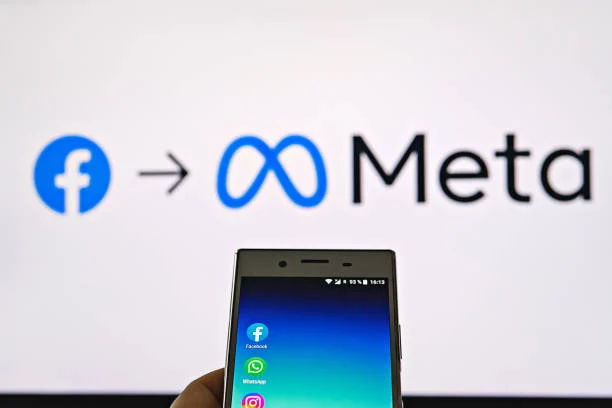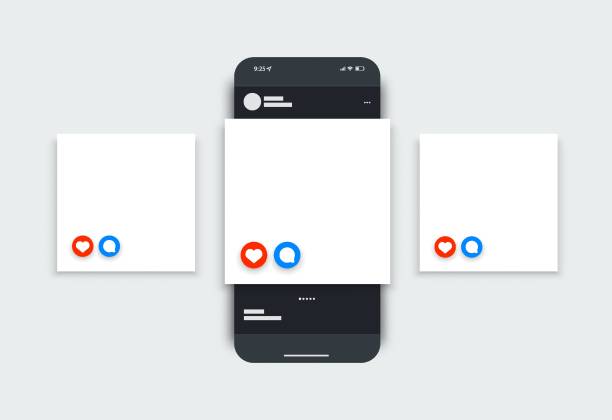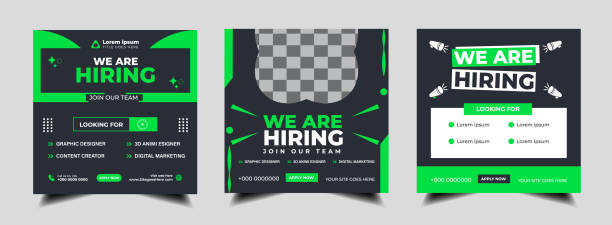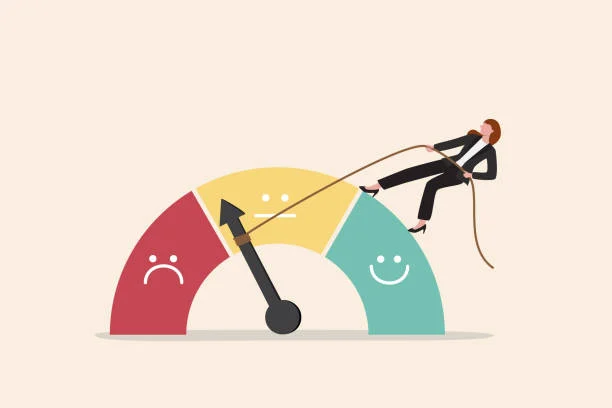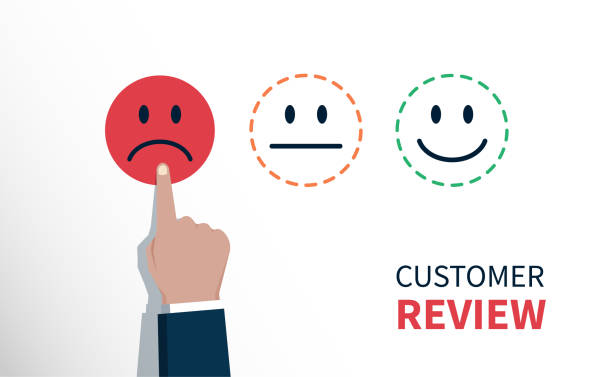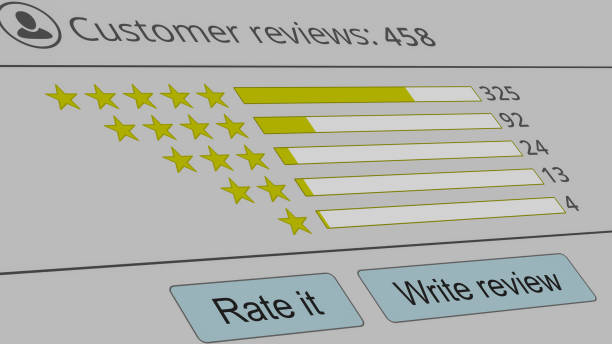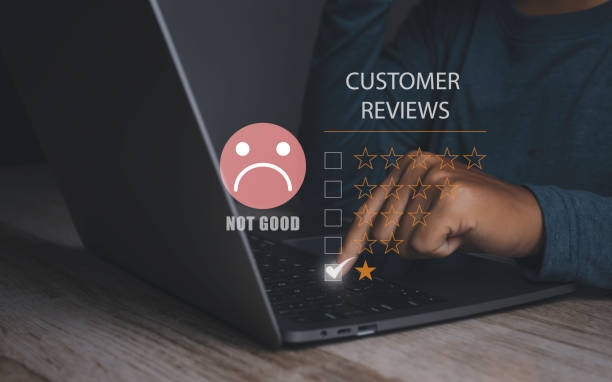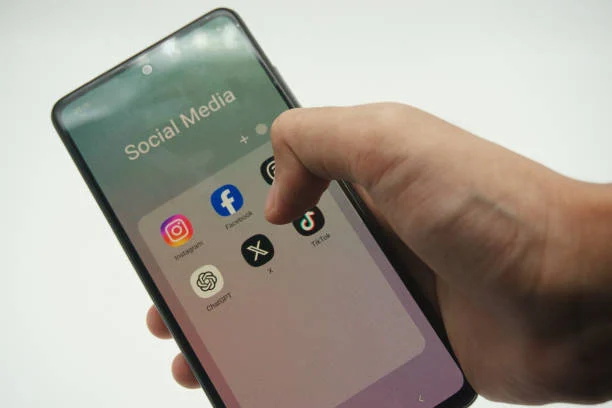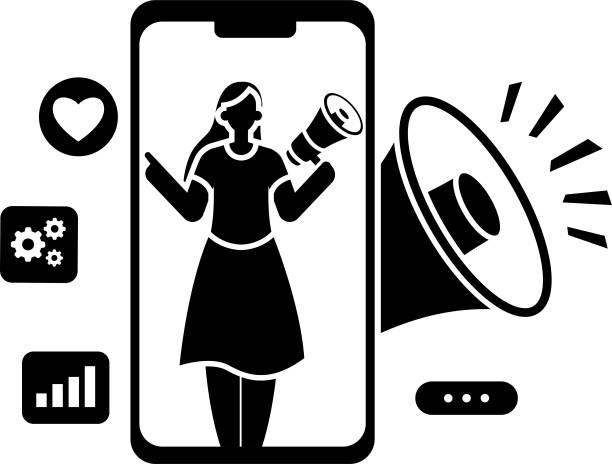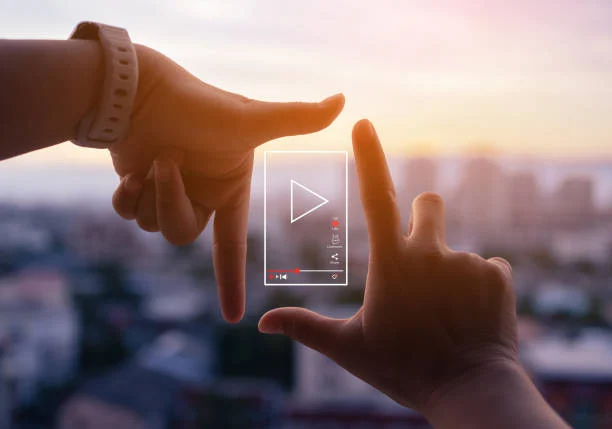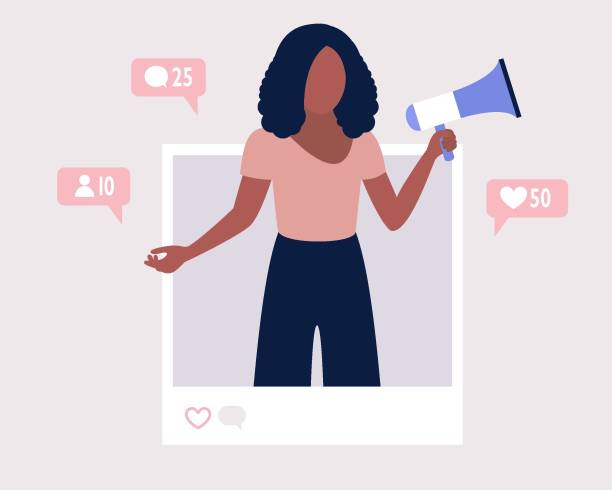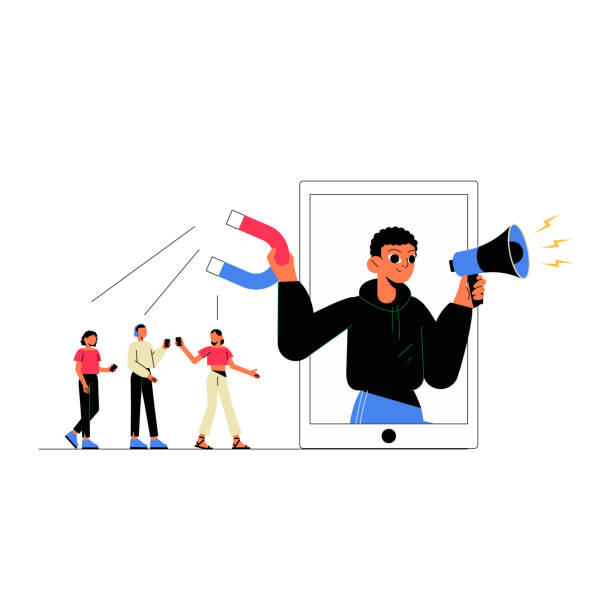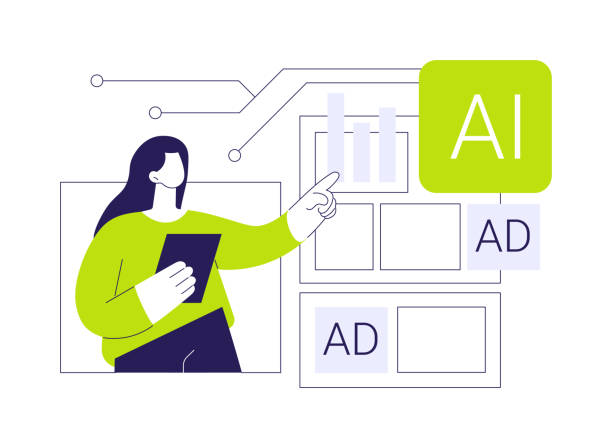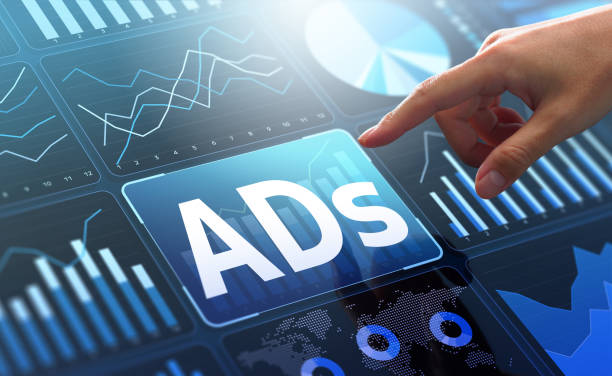Meta Ads (Facebook & Instagram) are powerful tools for businesses looking to generate leads and drive conversions. But does location impact performance? If you’re a business owner in Toronto or Vancouver—or targeting customers in these cities—you might wonder which location delivers better ad results.
At 7th Growth, a business marketing agency in Canada specializing in lead-driven content strategies and fast-loading websites for lead generation, we’ve analyzed ad performance data to see how these two major Canadian cities compare.
Demographics & User Behavior: Key Differences
1. Population & Market Size
- Toronto: Canada’s largest city, with over 6 million in the GTA. More diverse, younger professionals, and a competitive business landscape.
- Vancouver: Smaller (~2.8 million in Metro Vancouver) but highly affluent, with strong tech and real estate sectors.
Impact on Ads:
- Toronto offers a larger audience but higher competition.
- Vancouver has a more concentrated, high-spending audience, potentially leading to better conversion rates in niches like luxury services.
2. Industry Differences
- Toronto: Dominated by finance, corporate services, and eCommerce. B2B ads perform well here.
- Vancouver: Strong in tourism, real estate, and sustainable brands. Visual ads (Instagram Reels, carousels) tend to convert better.
3. Cost Per Click (CPC) & Competition
- Toronto’s CPC is often higher due to more advertisers bidding for space.
- Vancouver’s CPC can be lower, but niche targeting is crucial—especially for luxury or local services.
Which City Converts Better?
For Lead Generation:
- Toronto may deliver more leads due to sheer volume, but businesses need highly optimized landing pages (like our fast-loading websites for lead generation) to maintain quality.
- Vancouver leads may be fewer but higher intent, especially in real estate or high-ticket services.
For E-Commerce Sales:
- Vancouver shoppers respond well to visually appealing Instagram ads (especially eco-friendly brands).
- Toronto sees higher impulse buys but requires retargeting due to competition.
For Local Services (Restaurants, Fitness, etc.):
- Hyper-local targeting works better in Vancouver due to its neighborhood-centric culture.
- Toronto benefits from broader campaigns but needs strong Google ranking services to complement Meta Ads.





